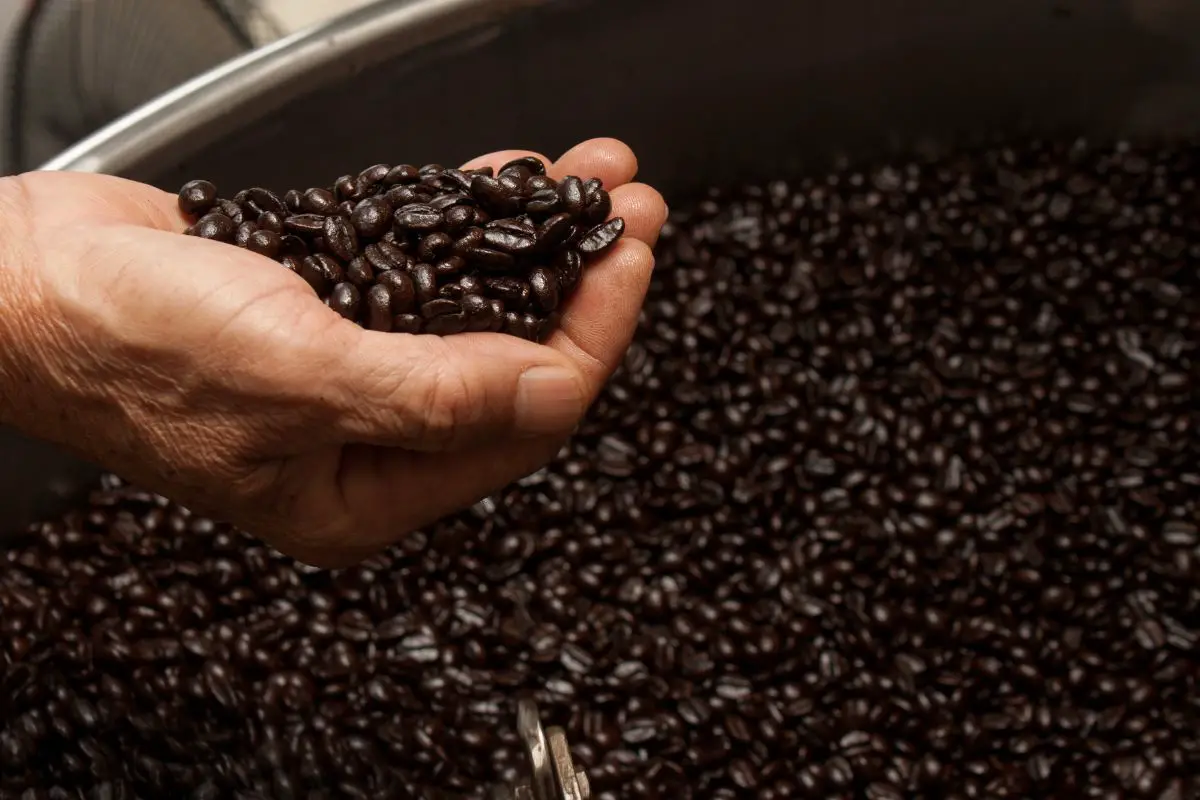When it comes to freshly roasted coffee, the visual aspect is just as captivating as its rich aroma and delightful taste. The journey of coffee from raw green beans to a beautifully roasted state involves a fascinating transformation that evokes a sense of anticipation and appreciation. In this article, we will delve into the remarkable appearance of freshly roasted coffee, exploring its color, texture, and visual cues that indicate quality and freshness.

1. The Color Palette of Roasted Beans:
The first visual cue that greets us upon encountering freshly roasted coffee is its enticing color palette. As the beans undergo the roasting process, they transition from a pale green hue to a spectrum of shades, ranging from light brown to deep, dark brown or even black. These hues depend on the roast level, which can vary from light to medium, medium-dark, or dark.
Light Roast
Light roasted beans display a light brown color, resembling cinnamon or even straw. They retain more of their natural characteristics, such as origin flavors and acidity, with a crisp and bright appearance.
Medium Roast
As the roasting time progresses, medium roasted beans adopt a richer brown color, akin to milk chocolate or chestnuts. This roast level strikes a balance between preserving origin flavors and introducing nuanced caramelization notes.
Dark Roast
Moving further along the roasting spectrum, dark roasted beans develop a deep, dark brown hue, reminiscent of dark chocolate or mahogany. These beans possess a bold and intense flavor profile, with the introduction of roast-associated characteristics and a slightly oily surface.
2. The Delightful Aromas in Visual Form:
Beyond their color, freshly roasted coffee beans also showcase aromas that can be visually appreciated. As you examine a batch of recently roasted beans, delicate wisps of aromatic vapor may still emanate from them. These fragrant molecules, a product of the roasting process, serve as a gentle invitation to explore the sensory delights that await within each cup of coffee.
3. The Texture and Surface Characteristics:
The texture and surface appearance of freshly roasted coffee beans offer additional insights into their quality and freshness. Run your fingers through a handful of these beans, and you’ll notice their smooth yet slightly uneven texture. This texture is a result of the volatile oils and moisture being released during the roasting process, leaving behind a captivating tactile experience.
Additionally, pay attention to the surface of the beans. A glossy sheen indicates that the coffee has been recently roasted, as the oils are still present on the surface. However, excessive oiliness may suggest over-roasting or prolonged exposure to air, leading to the deterioration of flavor.
4. The Significance of Roast Date
While exploring the appearance of freshly roasted coffee, it is crucial to emphasize the significance of the roast date. Coffee, like any other perishable product, is at its peak freshness shortly after being roasted. As time progresses, the flavors and aromas begin to diminish, resulting in a less vibrant and enjoyable coffee experience.
To ensure the finest quality and flavor, it is advisable to procure coffee beans that bear a recent roast date. Ideally, aim for beans that have been roasted within the past two to four weeks, as this window allows ample time for degassing while preserving the beans’ desirable attributes.
Conclusion
In the captivating world of coffee, the appearance of freshly roasted beans is an art form in itself. From the evolving colors that reflect the roast level to the enticing aromas that emanate from them, every element engages our senses and evokes anticipation for that perfect cup of coffee. By appreciating the visual cues of freshly roasted coffee, we can deepen our understanding of the craftsmanship and dedication that go into every batch.
Related Article:
Where Are Coffee Beans Roasted?